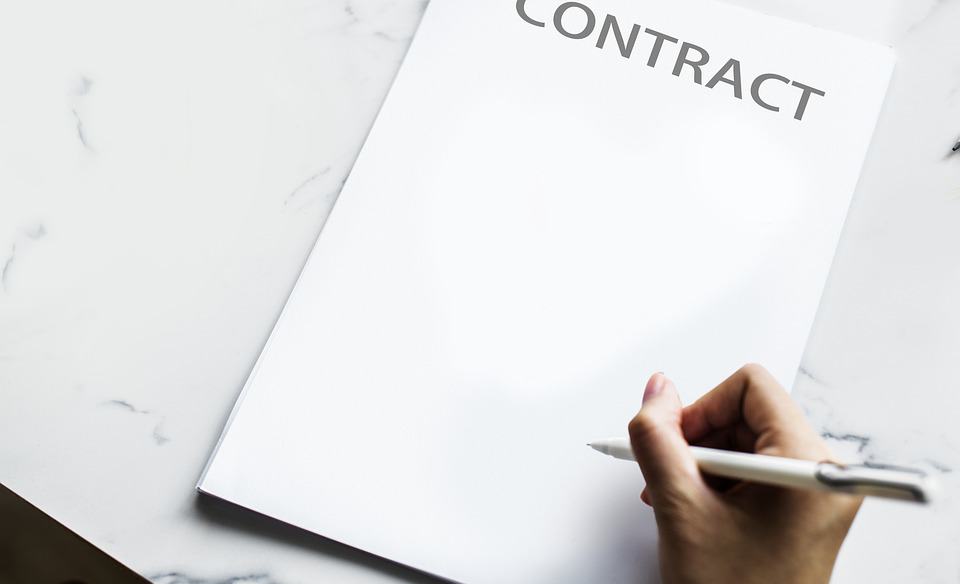What exactly is a rebate?
The dictionary definition of a rebate is: “a return of part of the original payment for some service or merchandise; a partial refund.”
In effect, rebates are trade discounts that suppliers use primarily as incentives to encourage an increase in sales. They are sometimes referred to as supplier incentives, vendor incentives, channel incentives, special pricing agreements, bonuses and retroactive discounts.
Supplier rebates are distinct from upfront discounts, however, in the fact that they are paid retrospectively. Whereas discounts are applied at the point of sale – effectively reducing the price paid by the buyer – rebates are only issued once full payment has been made. In other words, a rebate is a partial refund of the cost of a product/service that serves to reduce its cost at a later date.
Rebates are used across almost all industries, including FMCG, pharma, automotive and construction. Usually, certain conditions have to be met by the buyer in order to earn the rebate. As such, trade agreements involving rebates can get rather complex.
Contracts are required that outline the details of the pricing agreement and both buying and selling organisations need to keep a constant track of what sales and purchases are made against those agreements in order for the eventual payback to be accurate.
This process of rebate management is best conducted using specialised rebate management software rather than outdated tools such as spreadsheets. This is due to the complexities of managing live agreements, the amount of money usually involved and the high margin for error.
Let’s consider an example of how a rebate programme works in practice.
The most common rebate – Volume Incentive Rebate
Volume incentive rebate programmes are perceived to be the most used example of a supplier incentive.
Volume rebates offer buyers an incentive to purchase a higher volume of goods. For example, the list price of a certain product may be £100 per unit.
However, the supplier may offer a volume incentive where the buyer receives a £5 rebate per unit on condition that they order 100+ units during the year. So, if the buyer ordered 150 units, they would receive a retrospective payment of £750 at the end of the year, effectively reducing the price paid for each unit to £95.
Volume incentive rebate programmes are usually tiered. This means that the more buyers purchase, the greater the rebate per unit they earn.
Example of a tiered volume incentive rebate structure:
| Sales | Rebate per unit |
| 0-99 | £0.00 |
| 100-499 | £5.00 |
| 500-999 | £7.50 |
| >1,000 | £10.00 |
Alternatively, the rebate programme may be based on the value of orders rather than the volume or number of units purchased. In this case, the rebate is calculated as a percentage.
For example, making £1,000 worth of purchases may qualify the buyer to receive 2% of the paid bill back as a rebate at the end of a given period, whereas making £2,000 worth of purchases would qualify the buyer for a 3% rebate and so on.
Final thoughts
The important thing to remember is that, unlike discounts, rebates are paid retrospectively. And are only paid back at a later date once certain conditions have been met.
Rebates are used to improve sales, build loyalty and protect the selling organisation from buyer overpromising. Since volume targets have to be met in order for the buyer to earn the rebate, a rebate programme ensures that buyers only get a discount when they actually buy the volume agreed upon in the pricing agreement.
There are, however, many different types of rebate a selling company can offer. These include growth rebates, retention rebates, product mix rebates and more, with rebate designed to drive a certain type of buyer behaviour.
To learn more about rebates, why not download out free guide, ‘What is a rebate?’

